Smart wireless MIDI foot controller for guitarists and more.
- Plug-and-play with any MIDI-compatible app on iOS 8 and above as well as OS X Yosemite and above.
- High customizable using iOS or Android app
- 4 MIDI interface (USB, Bluetooth, WiFi, legacy DIN MIDI IN and MIDI OUT connectors)
- No extra drivers to connect Windows, macOS, iOS (iPad/iPhone) and Android
- USB MIDI class-compliant device
- Bluetooth LE MIDI (iOS and macOS compatible)
- Network MIDI (aka AppleMIDI or RTP-MIDI)
- ipMIDI
- Open Sound Control (OSC)
- IEEE 802.11 b/g/n Wi-Fi 2.4 GHZ with WPA/WPA2 authentication
- Bluetooth Low Energy 4.0
- MIDI routing from/to any interface (USB, Bluetooth, WiFi, legacy)
- MIDI clock master and slave
- MIDI Time Code (MTC) master and slave
- OSC to MIDI and vice versa
- Any number of pedals of any type in any order
- Auto-sensing footswitches and expression pedals
- Modular assembly of easy to find hardware and re-use of open source software libraries
More info on https://github.com/alf45tar/Pedalino
Features
- Support for digital foot switches (momentary or latch), analog expression pedals and jog wheels (rotary encoders)
- 10 banks of 16 controllers each
- 3 profiles
- Each port can connect 1 expression pedal or up to 3 foot switches for a maximum of 48 foot switches.
- MIDI output via USB MIDI, Bluetooth, classic MIDI OUT connector, AppleMIDI (also known as RTP-MIDI) or ipMIDI via Wi-Fi
- Send the following MIDI events: Program Change, Control Code, Note On/Off or Pitch Bend
- MIDI channel, MIDI note, MIDI control code, MIDI program change can be configured by each pedal and by each bank
- Switch debouncing and analog noise suppression without decreasing responsiveness
- Invert polarity via software
- Individual automatic calibration of expression pedals. Manual fine tuning is not usually requested.
- Transform a linear expression pedal into log expression pedal and vice versa
- Responsive and mobile-first configuration web interface (http://pedalino.local)
- Configuration via IR remote control
- Change bank via IR remote control
- Simulate footswitch push via IR remote control
- Use any spare IR remote control
- Smart Config technology to help users connect to a Wi-Fi network through simple app on a smartphone.
- Firmware update via web interface (http://pedalino.local/update)
Applications
- Change preset to your favourite guitar rig
- Hands-free way to control your audio parameters during live performance
- Dramatically expanded audio system parameter control via WiFi, Bluetooth, USB, MIDI or OSC.
- Set your music free with wireless MIDI connectivity
- Bluetooth wireless MIDI adaptor for connecting instruments with MIDI IN/OUT terminals to your iOS devices (iPhone/iPad/iPod Touch) or Mac
- Transform legacy MIDI equipment to USB MIDI class-compliant device
- Transform wired MIDI equipment into wireless MIDI equipment
- Transform legacy MIDI equipment to OSC control surface
- Connect Windows to macOS and iOS devices via AppleMIDI or Bluetooth LE
- Send MIDI messages using an IR remote control from your sofa
 alf45tar
alf45tar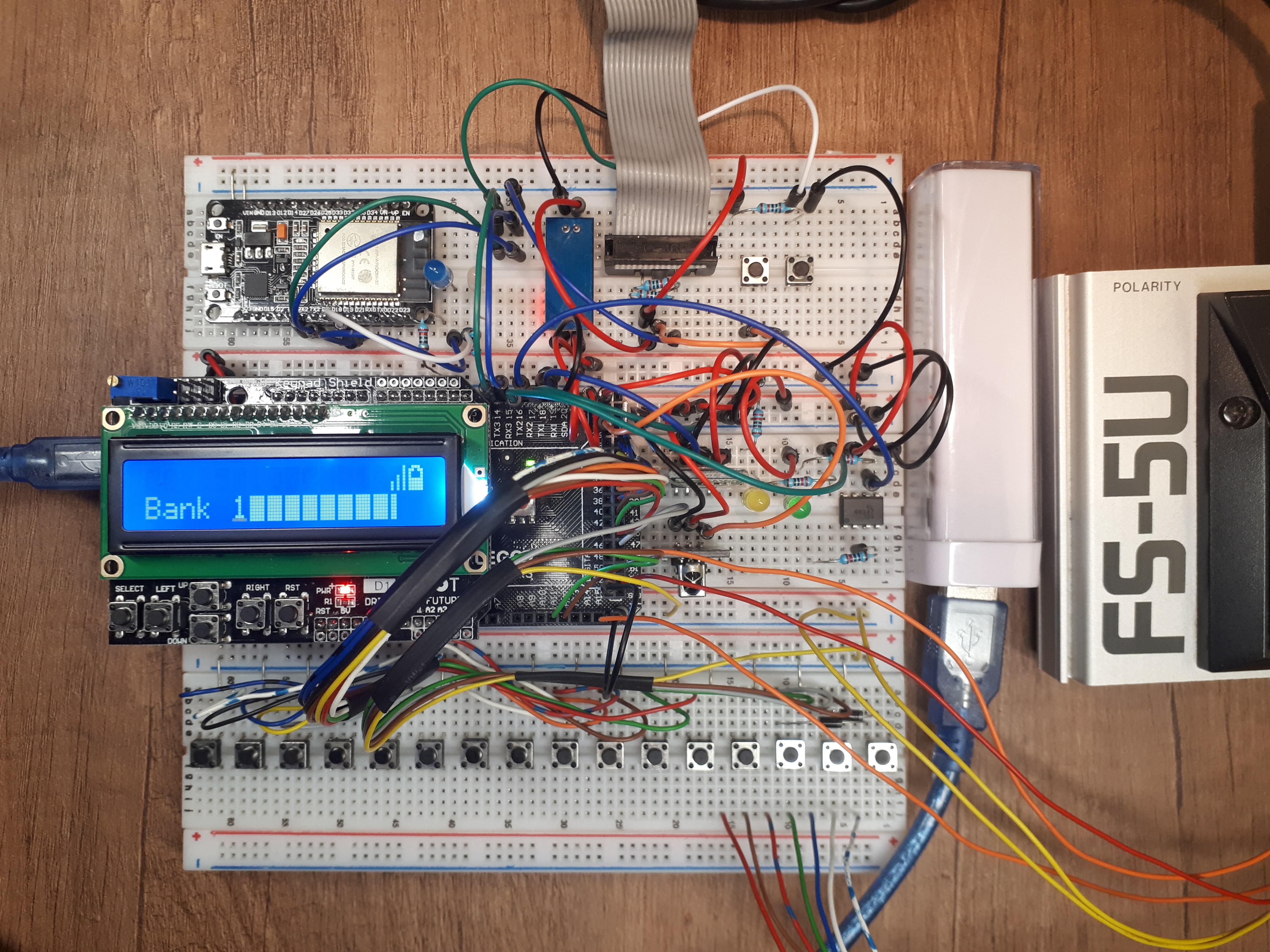
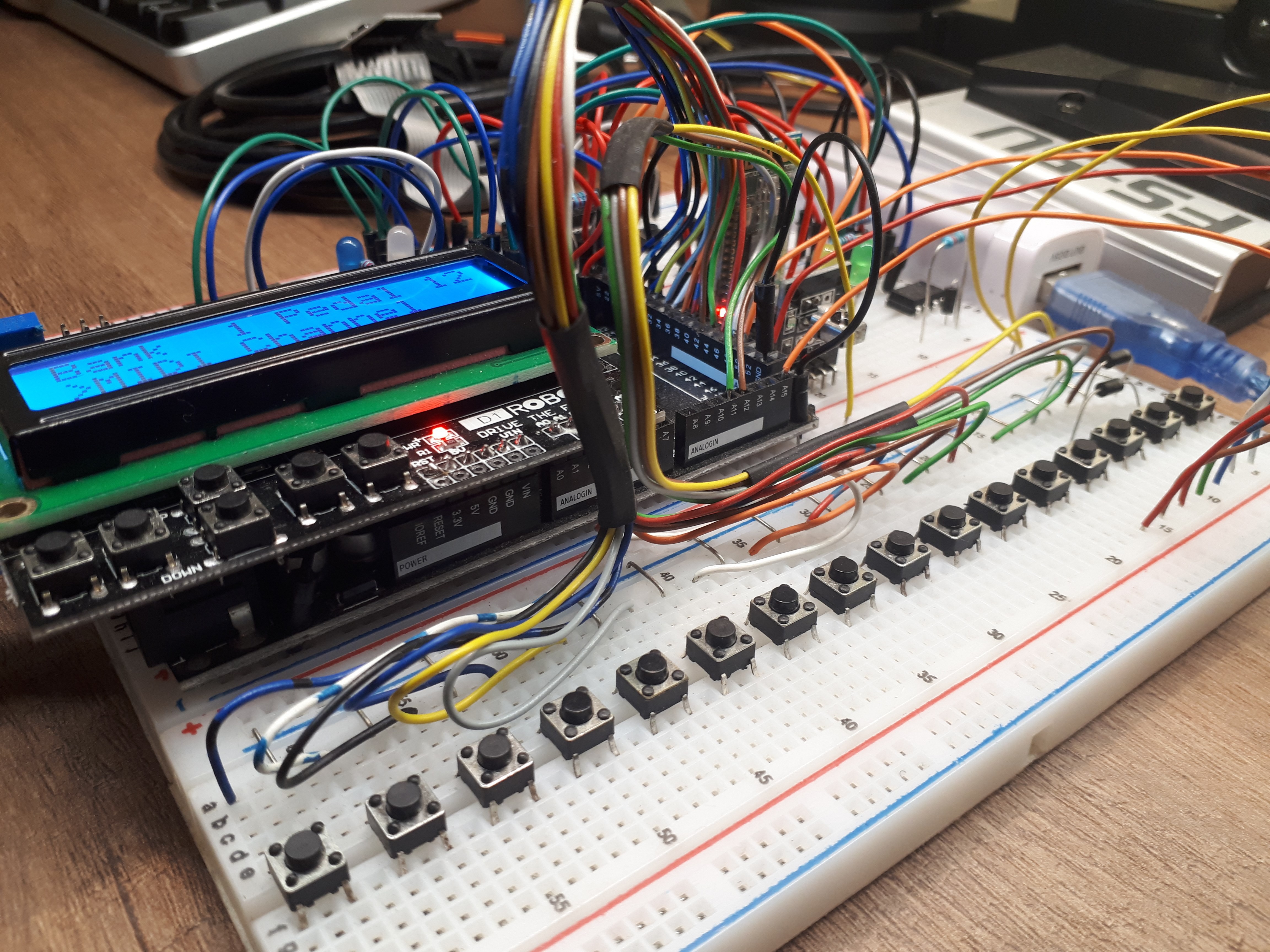
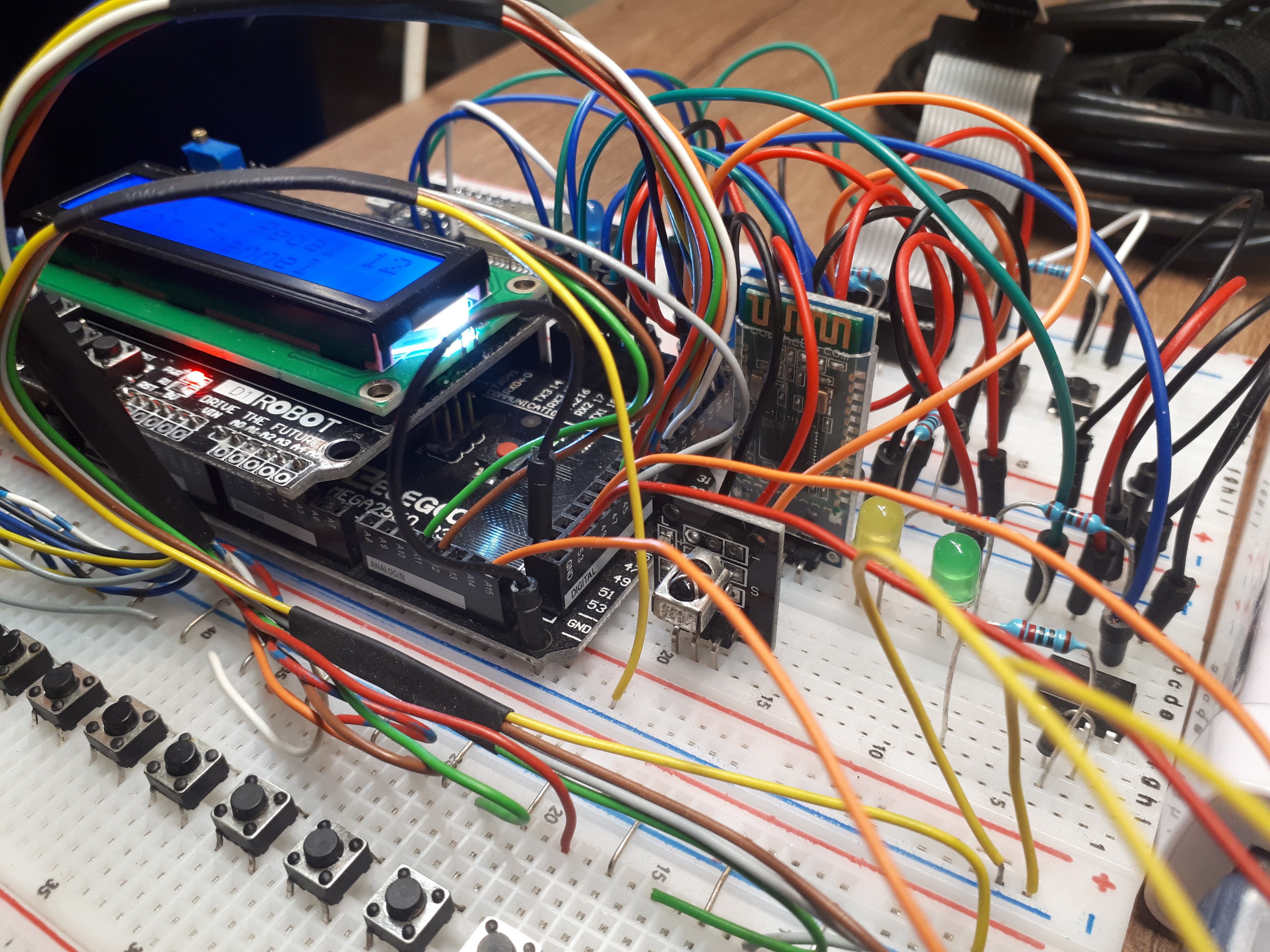
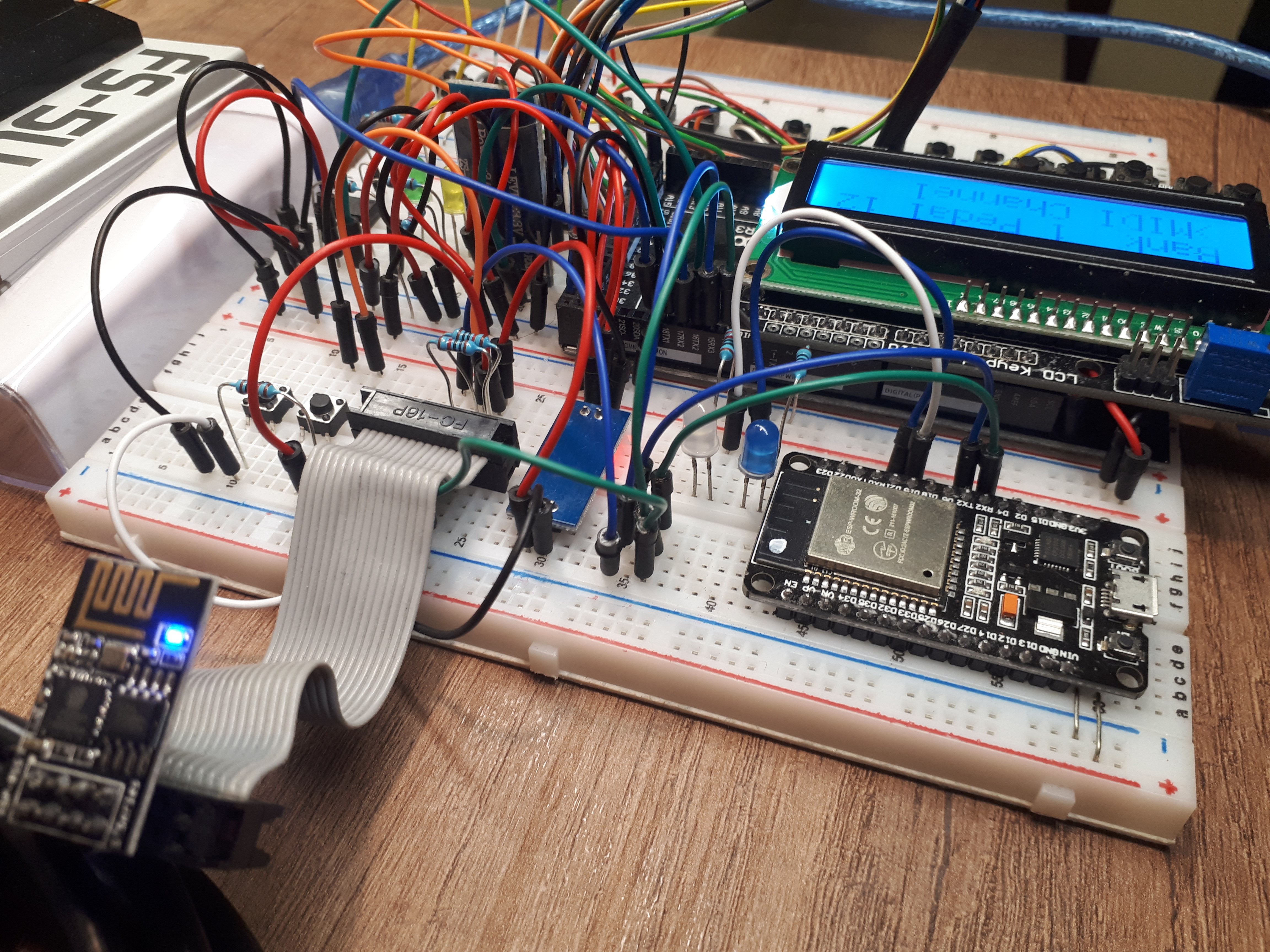
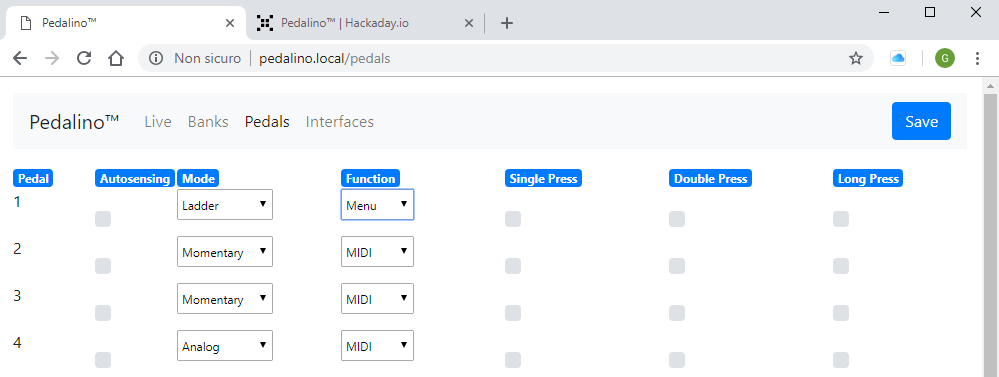

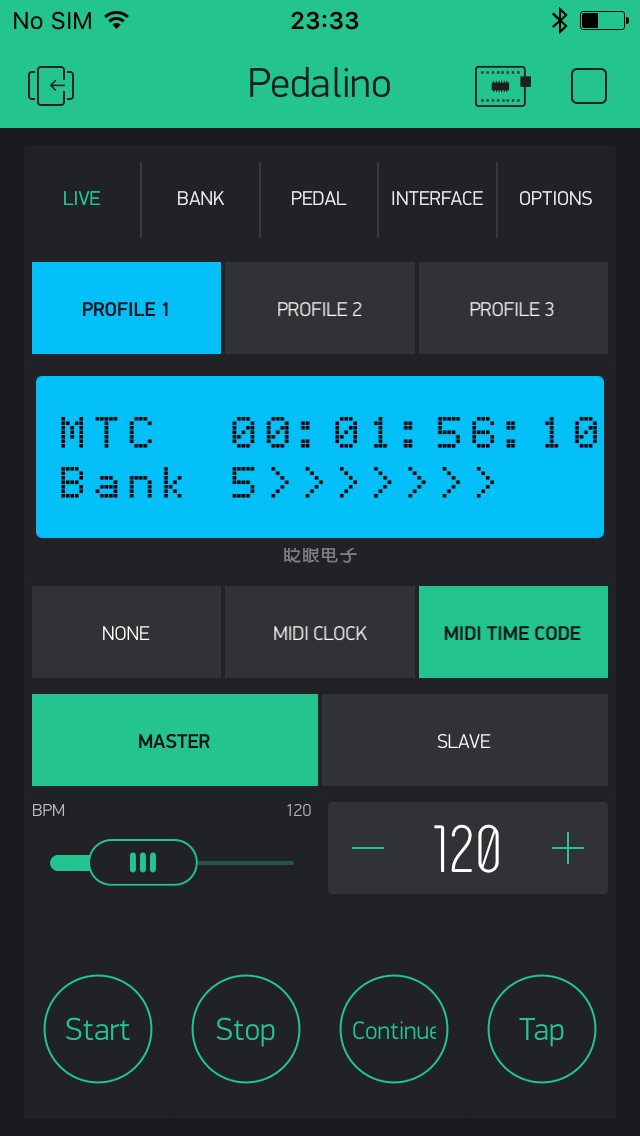

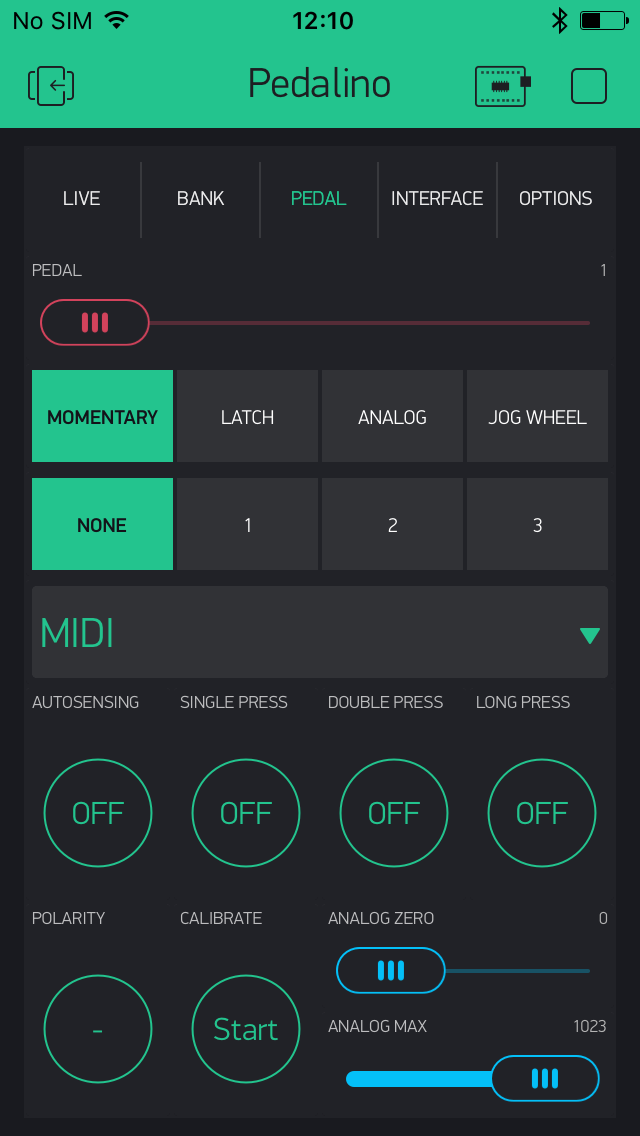
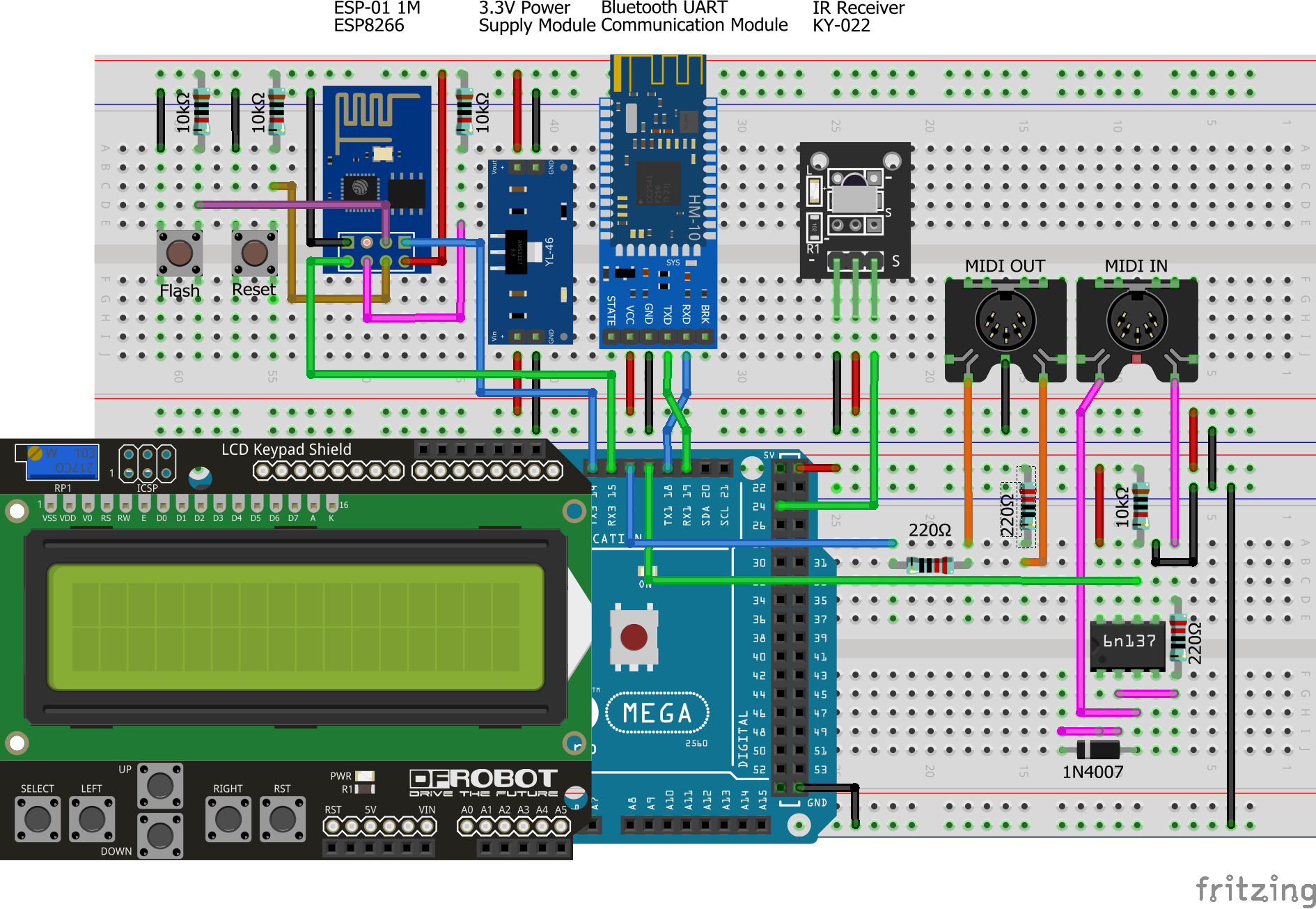
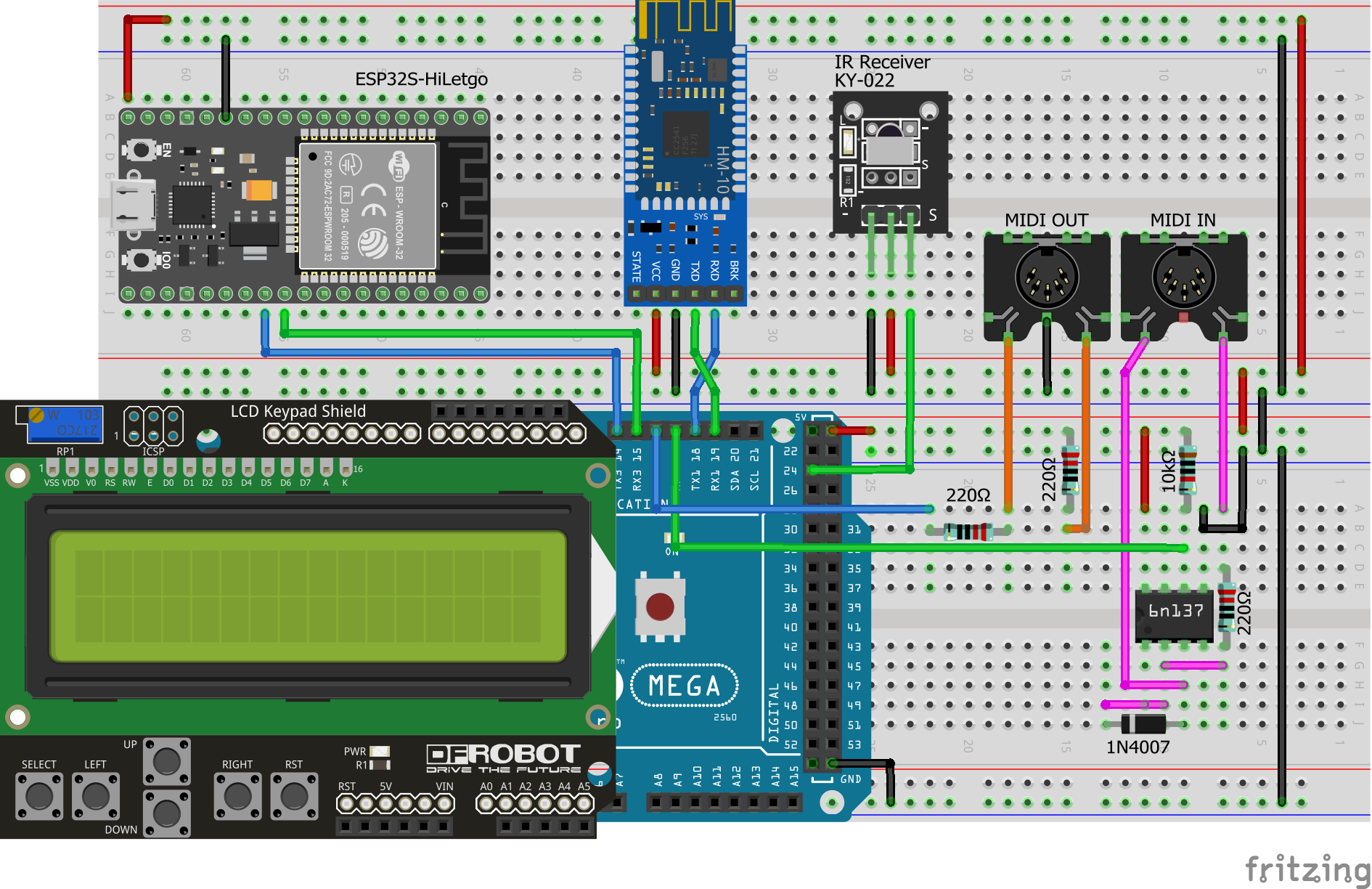




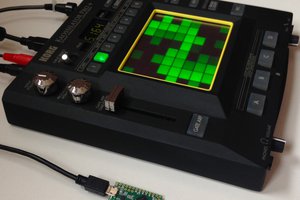
 Karg
Karg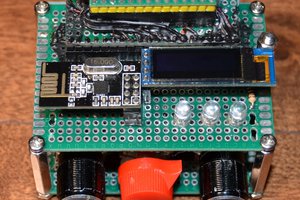
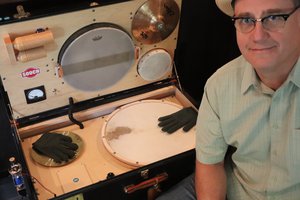
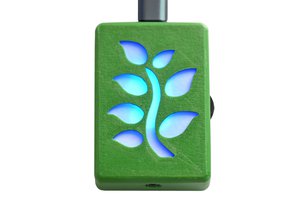
 Manuel Domke
Manuel Domke
is it possible to configure a switch to send sysex? If so, are there any length limitations?